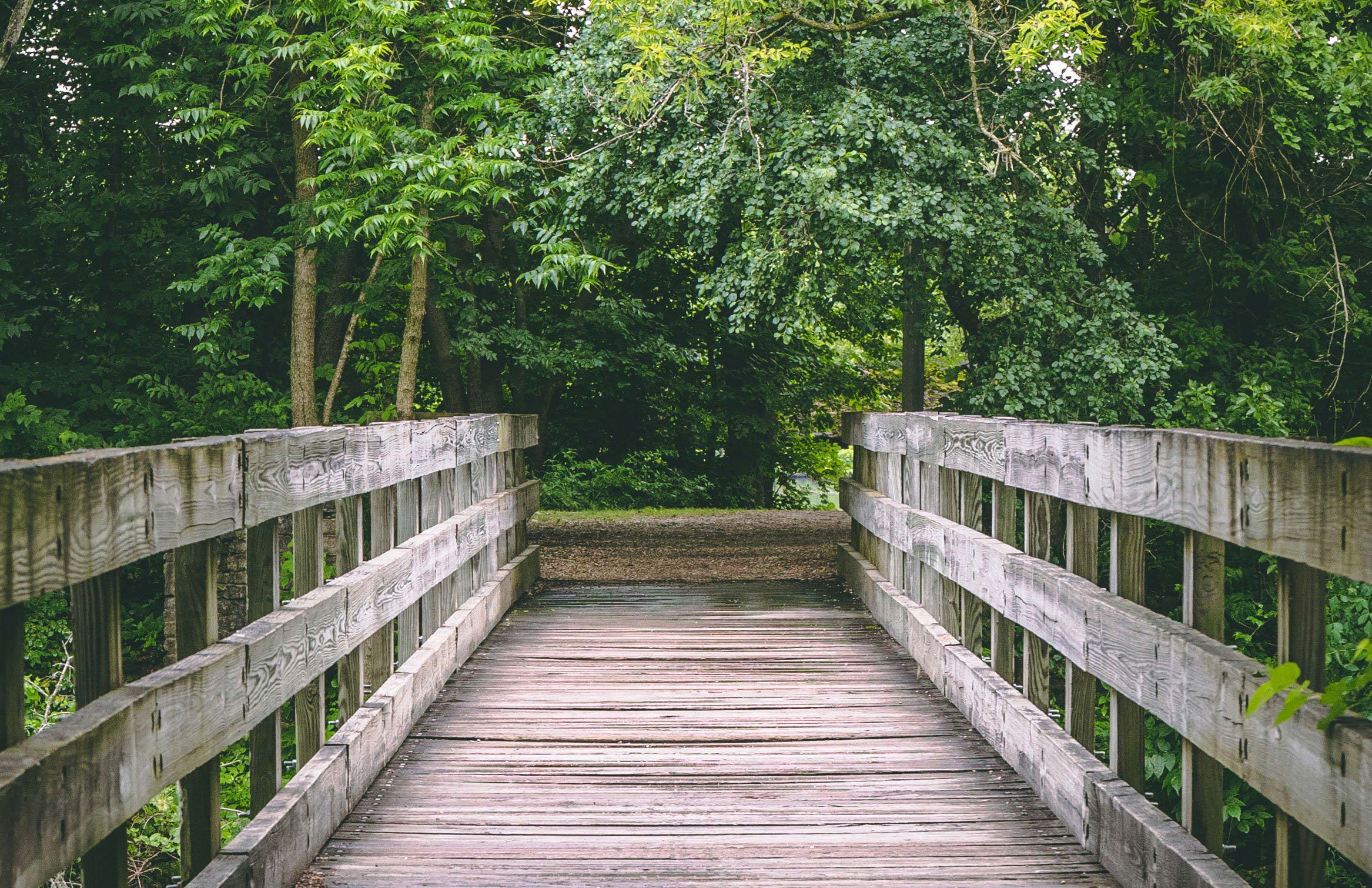What's the difference?: Woods vs. forest

Have you ever enjoyed a walk through the woods on a nice day? Or was it a walk through the forest? What's the difference, anyway?
Some would argue it's just semantics; a forest and a wood are essentially the same. The truth is, there is a technical difference, but most of us use the terms fairly interchangeably.
The very definitions of the two words — forest and woods — are similar, but not quite the same. A forest, according to Webster's New World Dictionary, is "a thick growth of trees and underbrush covering an extensive tract of land." A wood, on the other hand, is defined as "a thick grove of trees" in the same dictionary.
The U.S. National Vegetation Classification system (yep, that's a thing that exists) further defines forests and woods based on the density of trees, according to Sciencing. In a forest, 60% to 100% of the land is covered by tree canopy, while only 25% to 60% of a wood is covered by tree canopy.
The United Nations' Food and Agriculture Organization defines the terms as well. According to that agency, a forest must be at least 1.24 acres. Trees in a forest must be at least 16 feet tall, and the tree canopy must cover at least 10 percent of the land. Other wooded land must similarly be at least 1.24 acres with trees at least 16 feet tall, but the tree canopy isn't as substantial, covering only 5 percent to 10 percent of the land.
By all these standards, a forest is more substantial than a wood, but it's doubtful anyone would call you out on it if you use the terms interchangeably, as many of us do. We even do it at the Forest Preserve. All our preserves with woods in the name — Hammel Woods, McKinley Woods and Messenger Woods, to name just a few — meet all of the above definitions of a forest.
RELATED: 10 REASONS TO APPRECIATE OUR TREES AND FORESTS
Things are tricky when it comes to another kind of forest too: a tropical forest. Many people use the terms tropical forest, rainforest and jungle interchangeably, just like they do forest and woods.
Jungle is not a scientific term, Sciencing reports. A jungle is typically thought of as a rainforest with a dense undergrowth. Rainforests, on the other hand, are forests that typically have a rainy season and a dry season. The largest and most well-known of these is the Amazon, which covers 1.4 billion acres in South America, according to the World Wildlife Fund.
There are two kinds rainforests: tropical and temperate. Tropical rainforests are in warm climates near the equator, but temperate rainforests are in coastal areas north of the equator, according to the NASA Earth Observatory. We even have temperate rainforests in the United States, including along the Pacific coast stretching north from Northern California.
No matter what you call them, these wooded areas are critical to our planet's health. The trees that populate our forests and woods do so much. They clean the air, mitigate climate change and provide habitat for millions of wildlife species, to name just a few of their important roles, according to the World Wildlife Fund. And what's good for the environment is equally as good for humans.
Despite what forests do for us and our planet, we continue to lose trees at an alarming rate. More than 36 football fields' worth of trees are lost every single minute as a result of deforestation, according to Conservation International.
